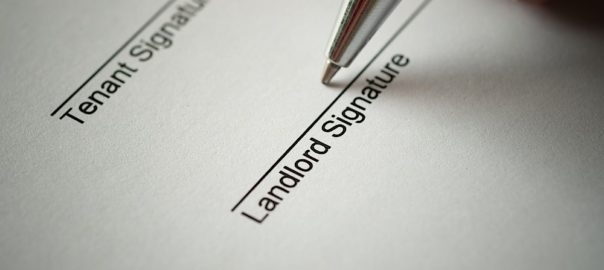5 Essential Forms Every Landlord Needs
By JD Esajian on June 3, 2016
The best landlords are often the ones that are most organized. They understand that every rental property should be treated like its own individual business. This means constantly reviewing policies, procedures and systems to get the most out of the property. All it takes is one bad tenant or one miscommunication with a security deposit to set your business back. While most landlords have their own unique system there are a few forms that every landlord needs at their disposal. These forms will help find the best tenants, offer protection and help maximize your bottom line. Regardless of you how many rental properties you own these forms will help you stay organized. Here are five forms every landlord needs to have.
- Application. The starting point for finding new tenants is the application. This is the one area that is too important to ignore. It can be tempting to rent to the first person that shows interest if you have other things going on in your business. A rash decision you make now will have a lasting impact throughout the course of the lease. Your application should give you a complete picture of exactly who you are renting to. It has to include information to run a credit check, current employment, previous rental history and references. If you are doing the screening yourself sifting through the application takes some time but it is time well spent. If your tenant has an issue with the application or what is on it you know they may not be for you. This is the one form that may not need much tweaking over the years. The most important thing is that it asks the questions you want answered and leaves no stone unturned.
- Lease. You cannot overlook the importance of a good lease. At a minimum your lease needs to be reviewed every year. This is the one document that will protect you in the event of an unexpected tenant issue or property emergency. What you may think you are saving by using a generic lease will come back to you many times over if there is a real issue. You lease consists of much more than just dates, rental amounts and names. It has the rules and guidelines that you are bound to for the next nine months or more. Take the time to review every section and make changes where needed. You should also have a real estate attorney give it a second look and offer their advice and suggestions. Most landlords never think there is going to be an issue but when they happen they revert back to the lease. Before you let a tenant in your property make sure you are comfortable with every aspect of the lease you provide.
- Move In Checklist. Are you ready to take on a new tenant? Amid the excitement of finding a tenant you can’t forget that you have a job to do. You need to make a seamless transition of getting your existing tenants out and your new ones in. You should always assume that your tenants have never rented before and will have plenty of questions. The best way to put them at ease is by providing a list of steps and procedures for them to follow. Make important dates such as providing the security deposit and lease signing clearly stated. Give them a clear overview of important rules and items that are off limits. On your end you need a checklist of when you will clean the property, schedule the move in walkthrough and repair any miscellaneous items. With every lease turnover you can add an item or two on your list. Use this to not only make you organized but improve the relationship with your new tenant as well.
- Move Out Checklist. As you focus on new tenants coming in you can’t forget about your existing tenants leaving. You shouldn’t assume that your tenant knows what they need to do to move out. The first rule is to give them plenty of notice. The second is to tell them exactly what needs to be done. Let them know how you expect the property to be returned to you and what areas you are going to focus on. Discuss the final walk through and how you plan on returning the security deposit. If there are repairs that are needed you should not wait until last minute to have them done. The property should look perfect when your new tenant moves in. Use an expansive checklist to make sure this happens.
- Expense List. There are often more expenses with a rental property than initially thought. It is impossible to gauge the bottom line of a property without knowing what expenses it is taking on. With every new expense you need to add it to your expense list. It doesn’t matter if these expenses are monthly, such as the mortgage and tax payment, or seasonal as is the case with snow removal and lawn care. Even if they expenses aren’t consistent you need to add them to your list so you can revert back to them at the end of the year. Some of these overlooked expenses will include gas for travel, miles of transportation to and from property and seasonal maintenance. The more you know about the expenses the easier it is to improve the efficiency of your property.
If you own a rental property you should take the time to constantly improve your systems and forms. Start with these five forms and go from there.